Travel guide: How to see the whale migration off the Baja peninsula
This month’s road trip is one of my all-time favorites. As many of you know, I am quite the experienced Baja traveler, and this adventure is the one that started it for me. Every year, between December and April, California gray whales migrate from Alaska to the warm waters along the Baja Peninsula. Three major lagoons along the coast offer a safe place for the whales to give birth and raise their calves, and you end up hanging out with the babies and mommas! It’s nothing short of magical, as is the journey to get there.
The first time I made this trip was in 2008, and I have been going back about every other year since. I love to share the adventure with friends and family, and this time I bring my good friend, William Reynolds. We have toured the world together for many years with Band of Horses, and when Bill is not onstage performing, you can bet he has his camera.
If you have a good car, a passport, a friend or two, and a few days, then you are ready to go. (Photo: William Reynolds)
If you have a good car, a passport, a friend or two, and a few days, then you are ready to go. I recommend getting an early start, crossing the border into Tijuana and taking the toll road toward Ensenada. Grab a coffee or fish taco as you pass through town! Follow signs to Mexican Federal Highway 1 and keep heading south. Leaving the big city behind, the road goes down to two lanes the rest of the way and the drive takes you through the vineyards of Santo Tomás Valley.
Bill and I stop for the night in the town of San Quintín, about three hours south of Ensenada. San Quintín and the surrounding towns are located on a coastal plain where much produce is grown. You’ll notice greenhouses as far as the eye can see, many filled with tomatoes and berries of all kinds. Make your way to the Hotel Misión Santa María for the night – this is one my favorite hotels in Baja, located on miles of beach covered with sand dollars. The rooms cost about $50 a night, and the restaurant is excellent. The famous dinner here is a large platter of stone crab claws caught fresh every day and prepared Baja style: steamed and served with melted paprika butter. It’s big enough for two people to share! The town is also famous for the surrounding bay, where fishing and surfing are the main draws throughout the year. Sometimes, I come down for a few days in the summer to have seafood and a cheap beach vacation.
After breakfast in the hotel, fuel up and keep heading south. About an hour from San Quintín, the highway leaves the coastline and turns east into the hills – there is a sign for La Lobera and a 3-mile dirt road to the right. It heads back to the sea, to a large sea lion crater hiding a secret beach and sea lion colony. While it’s cool to check out, the road quality isn’t that great, especially after the rainy season.
Our next stop is the small town of El Rosario. The highway makes an actual left turn and, trust me, you can’t miss it. Most importantly, at the turn is one of Baja’s most storied restaurants, Mama Espinoza’s. Famous for its lobster burritos (when in season October through May), Anita “Mama” Espinoza had been serving weary travelers since she first opened her home in the 1930s. Mama passed away last year at the age of 109, and her children still operate the now hotel and restaurant. I stop whenever I drive by.
Guerrero Negro is a typical Baja industrial town, located where the vast El Vizcaíno desert meets Laguna Ojo de Liebre, or Scammon’s Lagoon. (Photo: William Reynolds)
The lobster chunks are sautéed in butter and celery, and an order comes with three rolled burritos in flour tortillas. Man, are they awesome! The crab is prepared the same way if they don’t have lobster. There is a museum and gift shop attached to Mama’s as well as a hotel, so if it’s earlier and you want to get a few miles under your belt, you could stop here on the first night. El Rosario is a “last stop for gas for about 200 miles” town so go for it and top off.
Guerrero Negro is a typical Baja industrial town, located where the vast El Vizcaíno desert meets Laguna Ojo de Liebre, or Scammon’s Lagoon. It is famous for two things: the gray whales that call it home and a large salt production facility. In town are several hotels to choose from, like Las Caracoles Hotel or Hotel TerraSal, a new little hotel that I like to stay at. There’s nice restaurant, and tours are offered at the front desk.
A few more minutes into town is Malarrimo, a tiny hotel that is also famous for its restaurant. I always have dinner there – fine dining style – tablecloths, candles and all. Try the scallop ceviche, one of my favorites, with red onions, capers and pineapple. The rest of the menu is all fresh seafood and steaks. The bar area is entirely decorated with items found on the remote Malarrimo beach, and there is also a nice gift shop. Whale tours include transportation and lunch box. There is also a tour to the famous cave paintings of the Sierra de San Francisco down the highway.
Group tours aren’t my thing, however, so in the morning we head south to the Laguna Ojo de Liebre turnoff. We follow the whale signs along the way for about 15 miles through salt works ponds until the highway ends at the entrance to the preserve and campground. From the parking lot, I can see several spouts along the horizon. For a $45 fee, you usually have to wait for a boat to fill up with six people, but we are lucky as its midweek and our captain leads us to the dock and onto a private boat!
Read the rest by heading over to DESERT magazine, part of the USA Today Network!





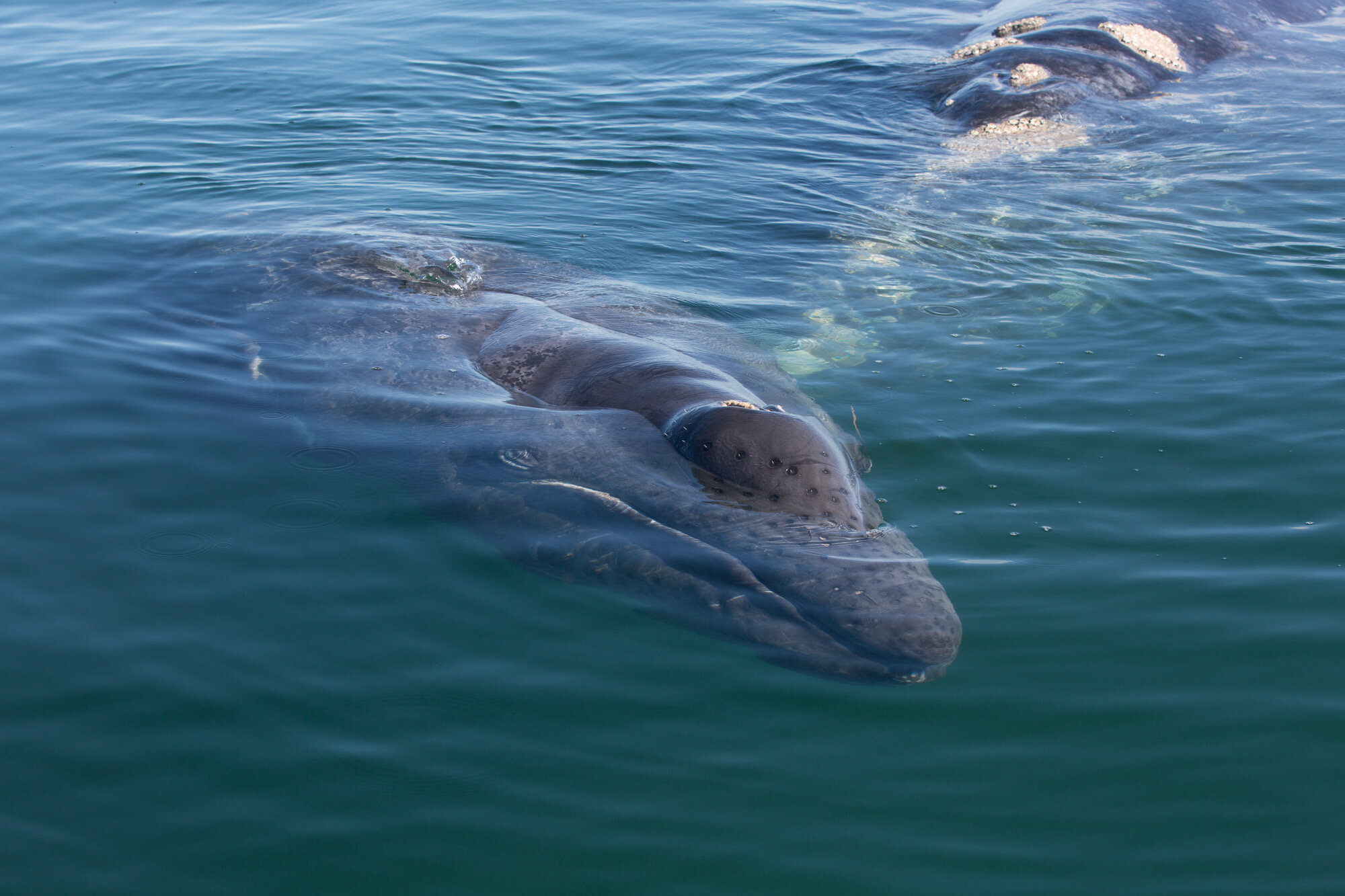
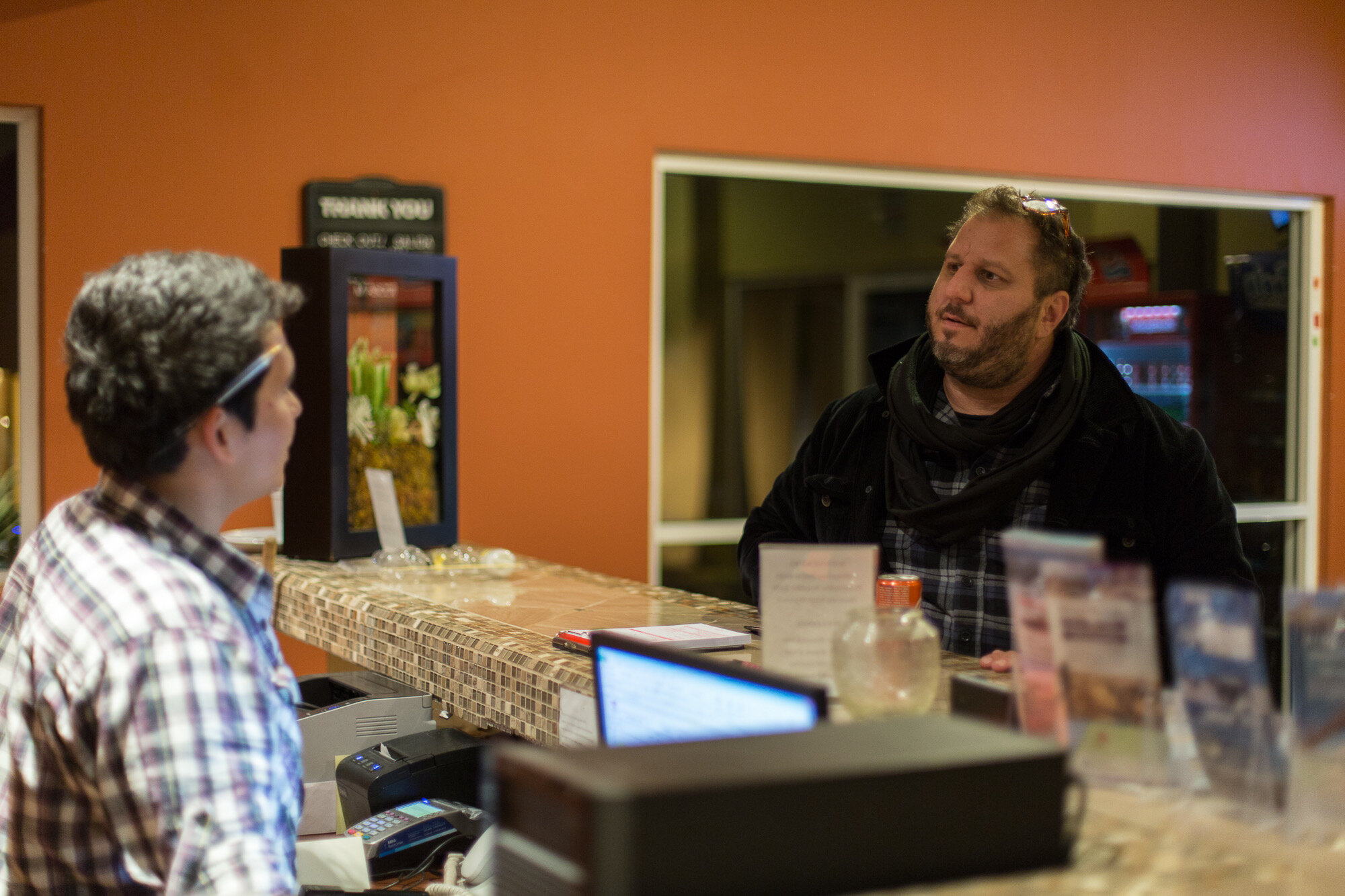
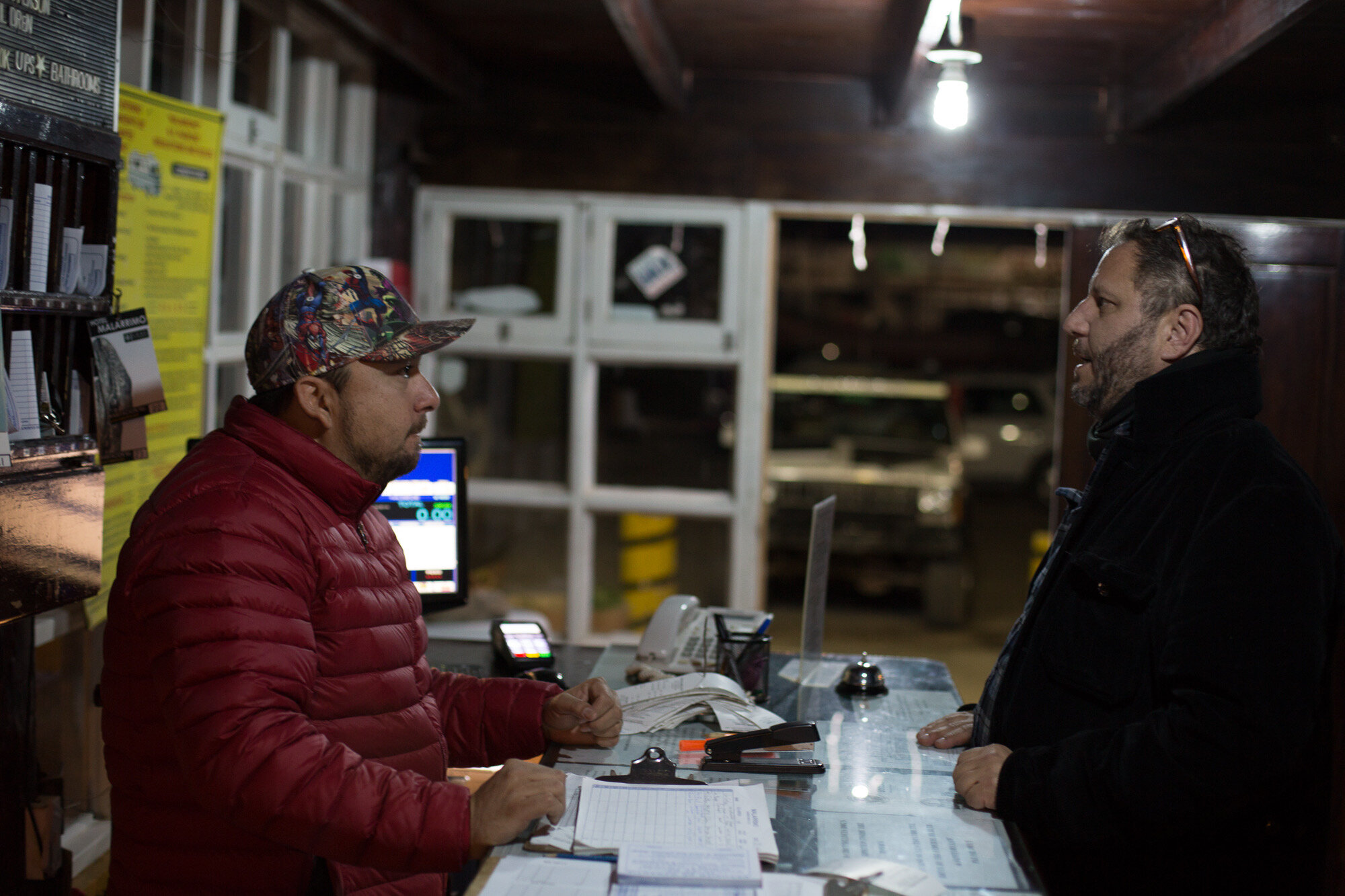
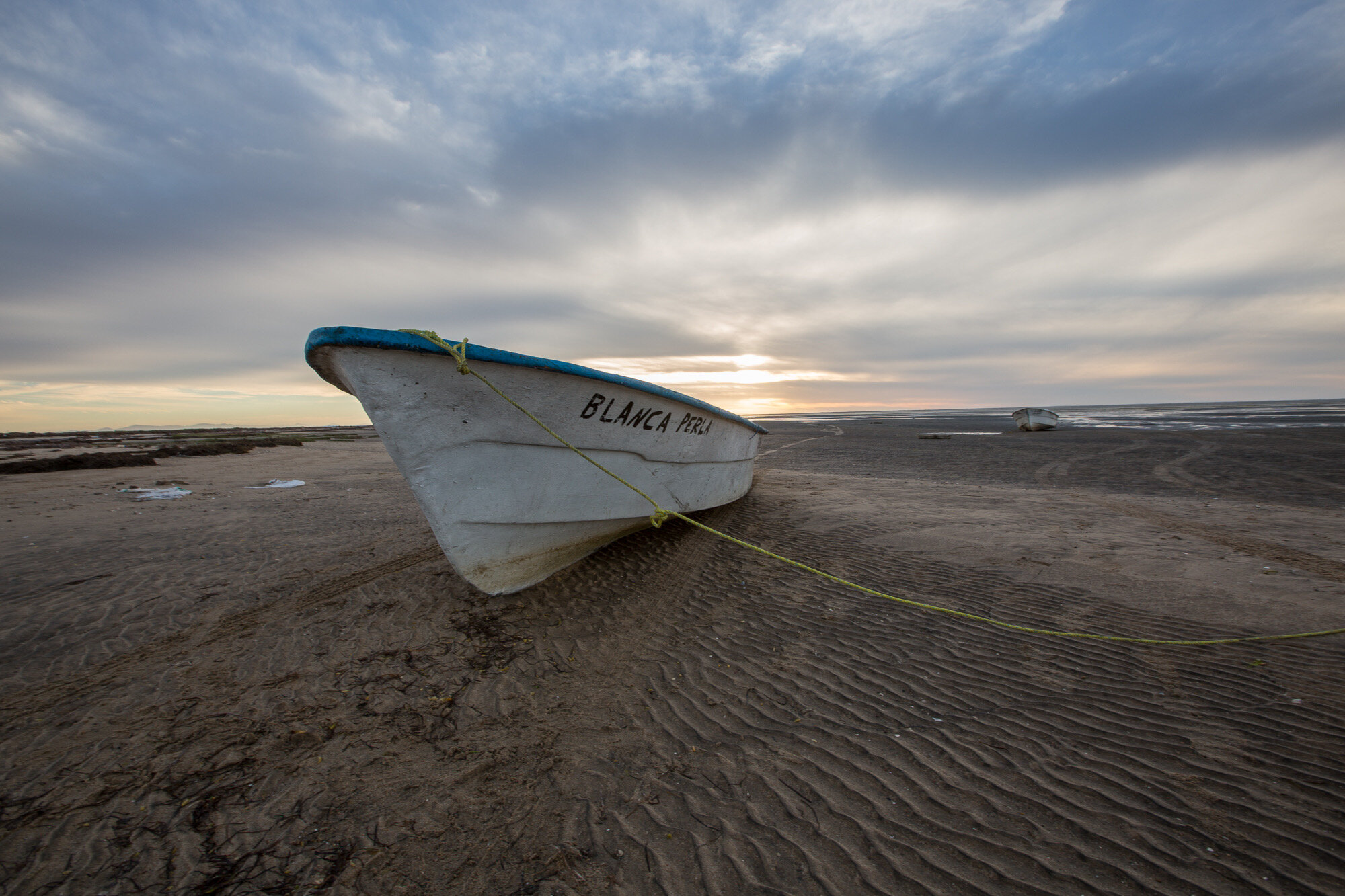
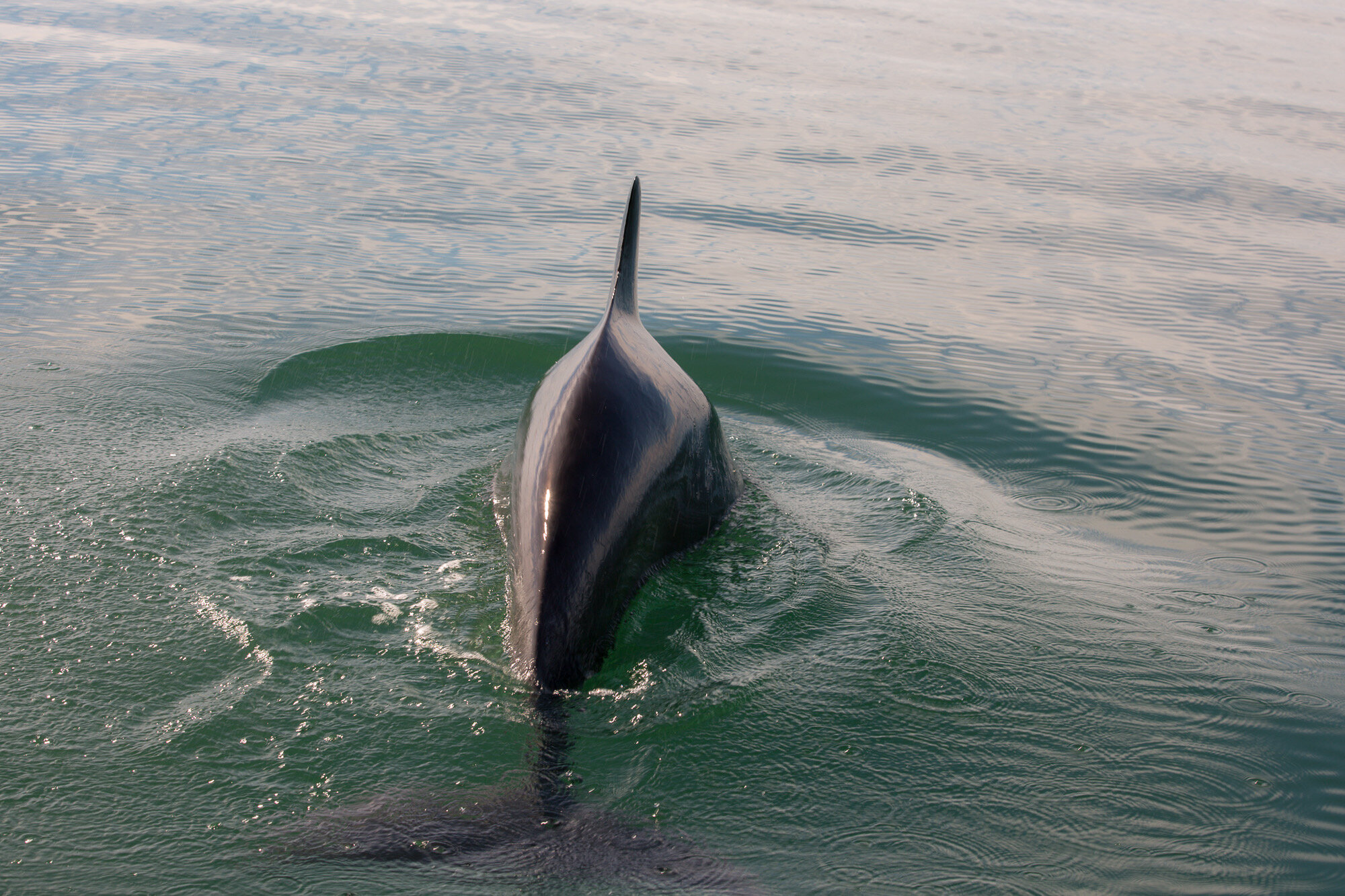
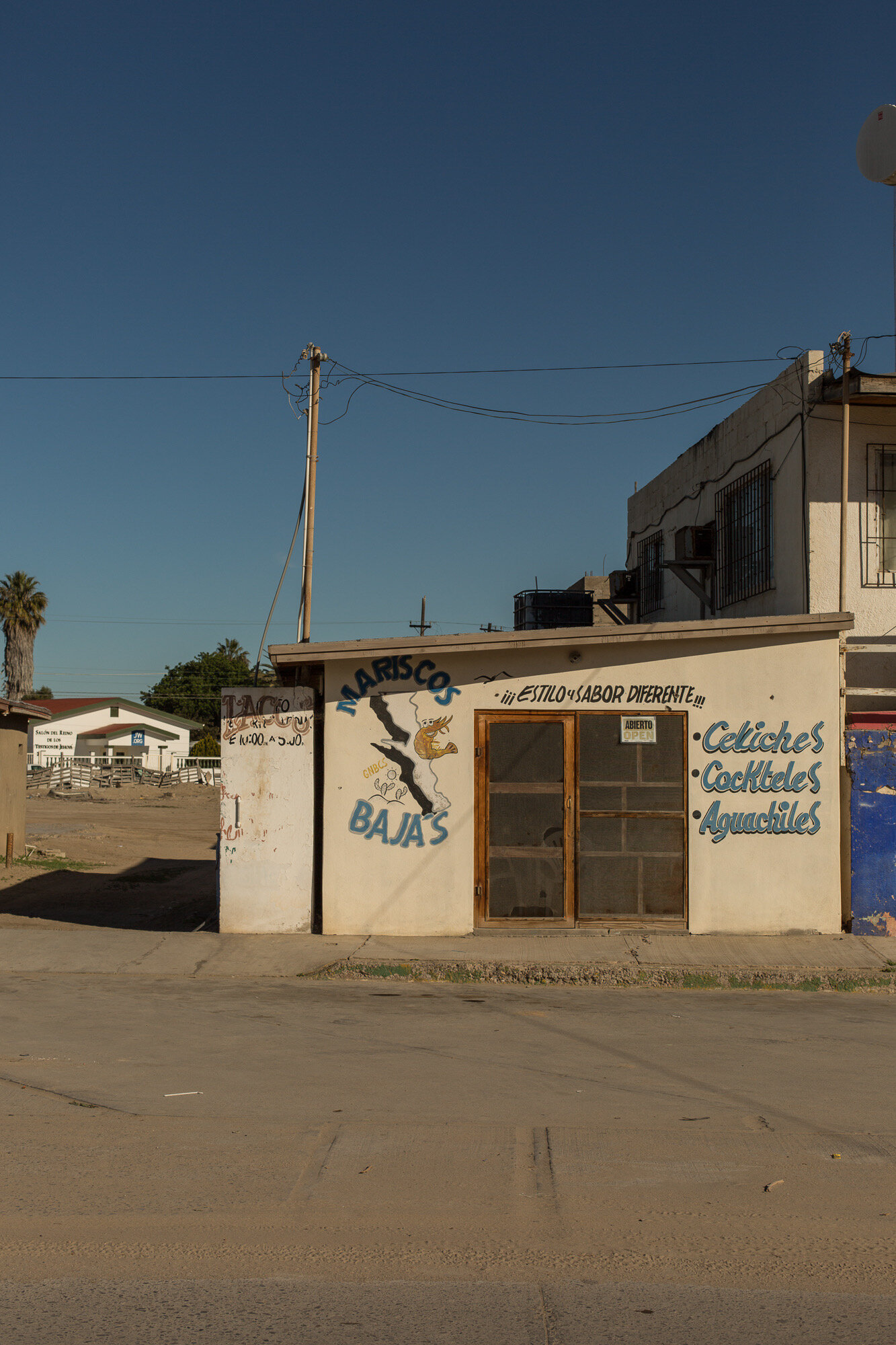
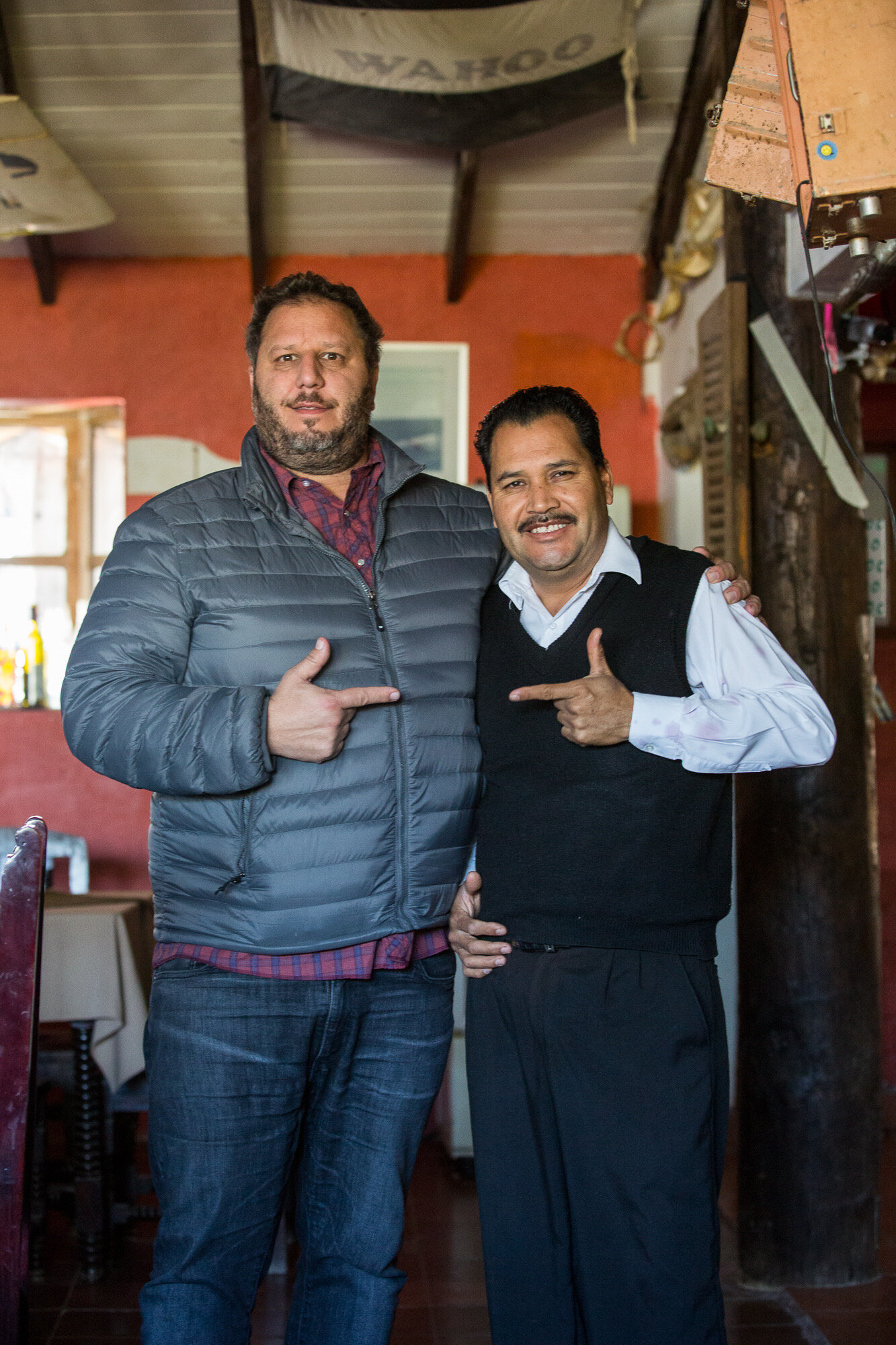
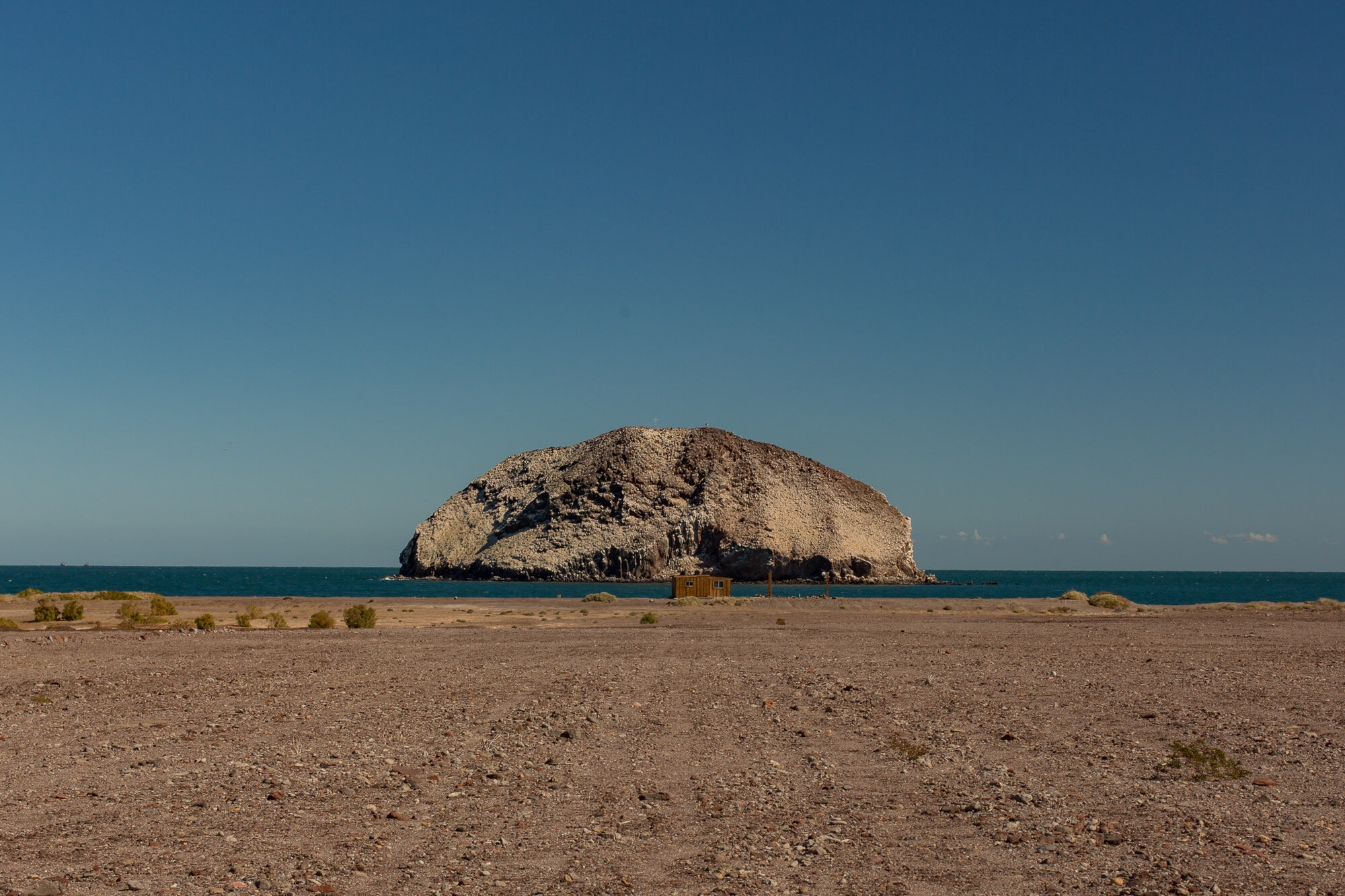
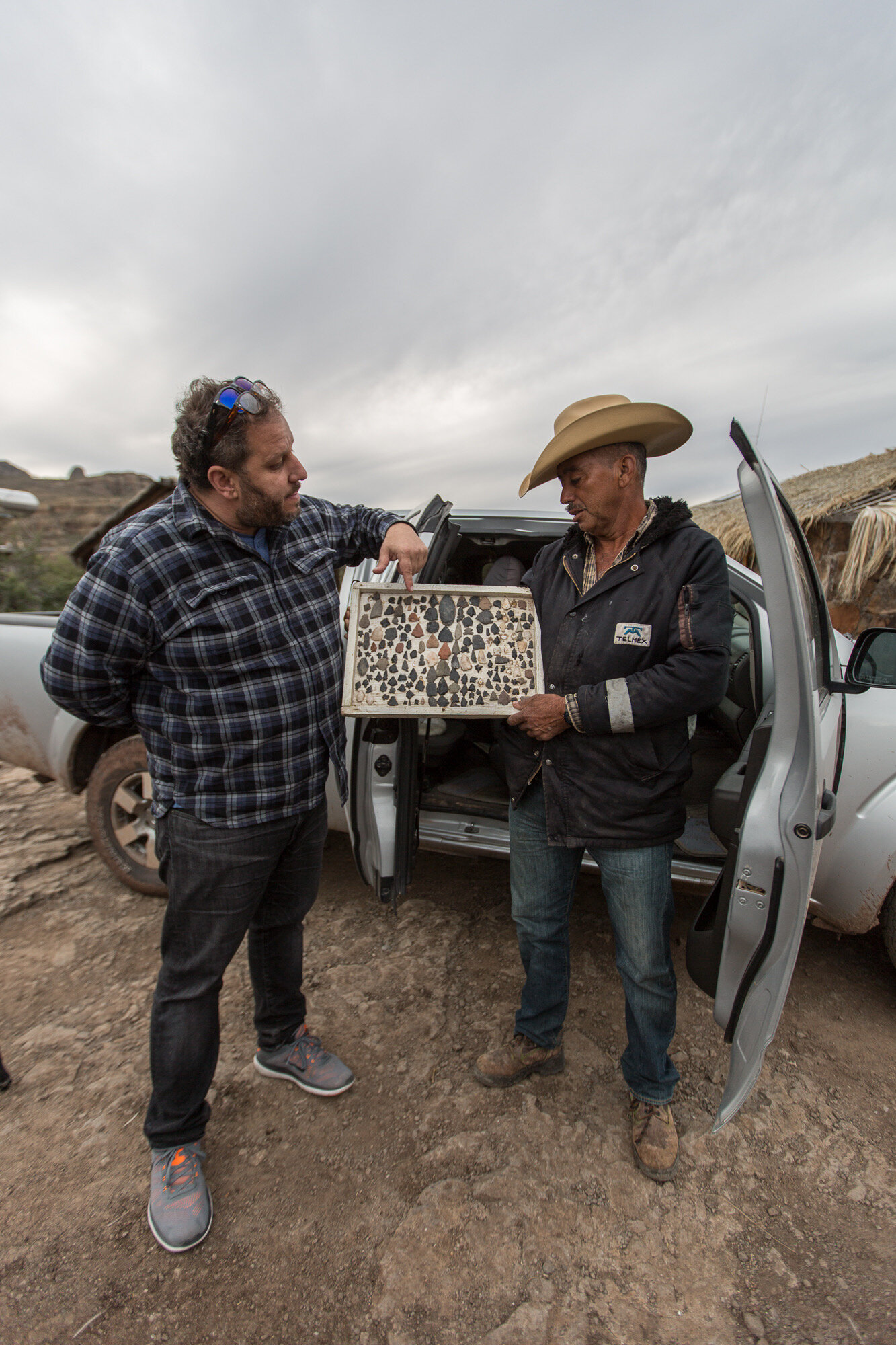
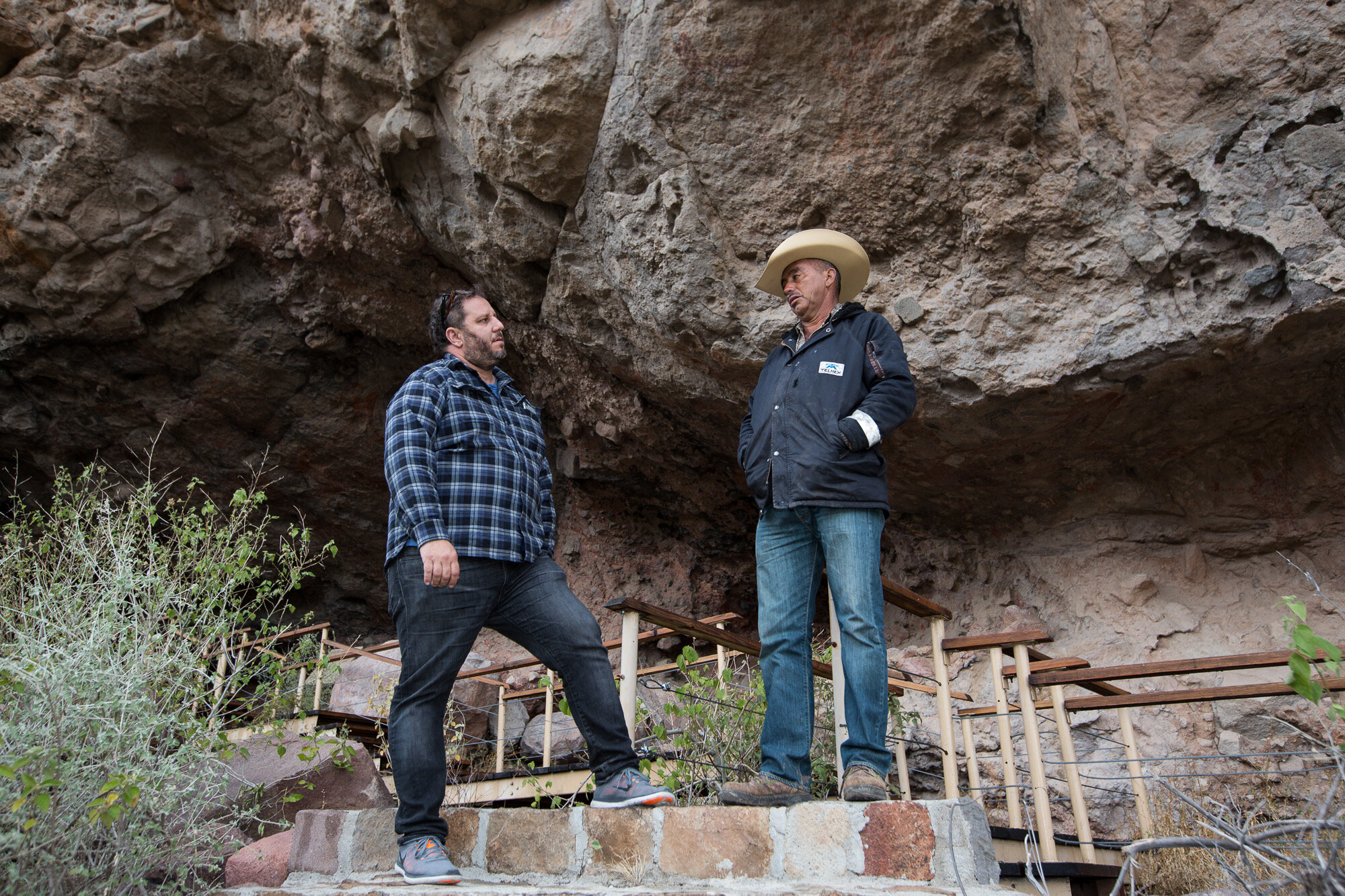









We’re talking clam cocktails and churros.